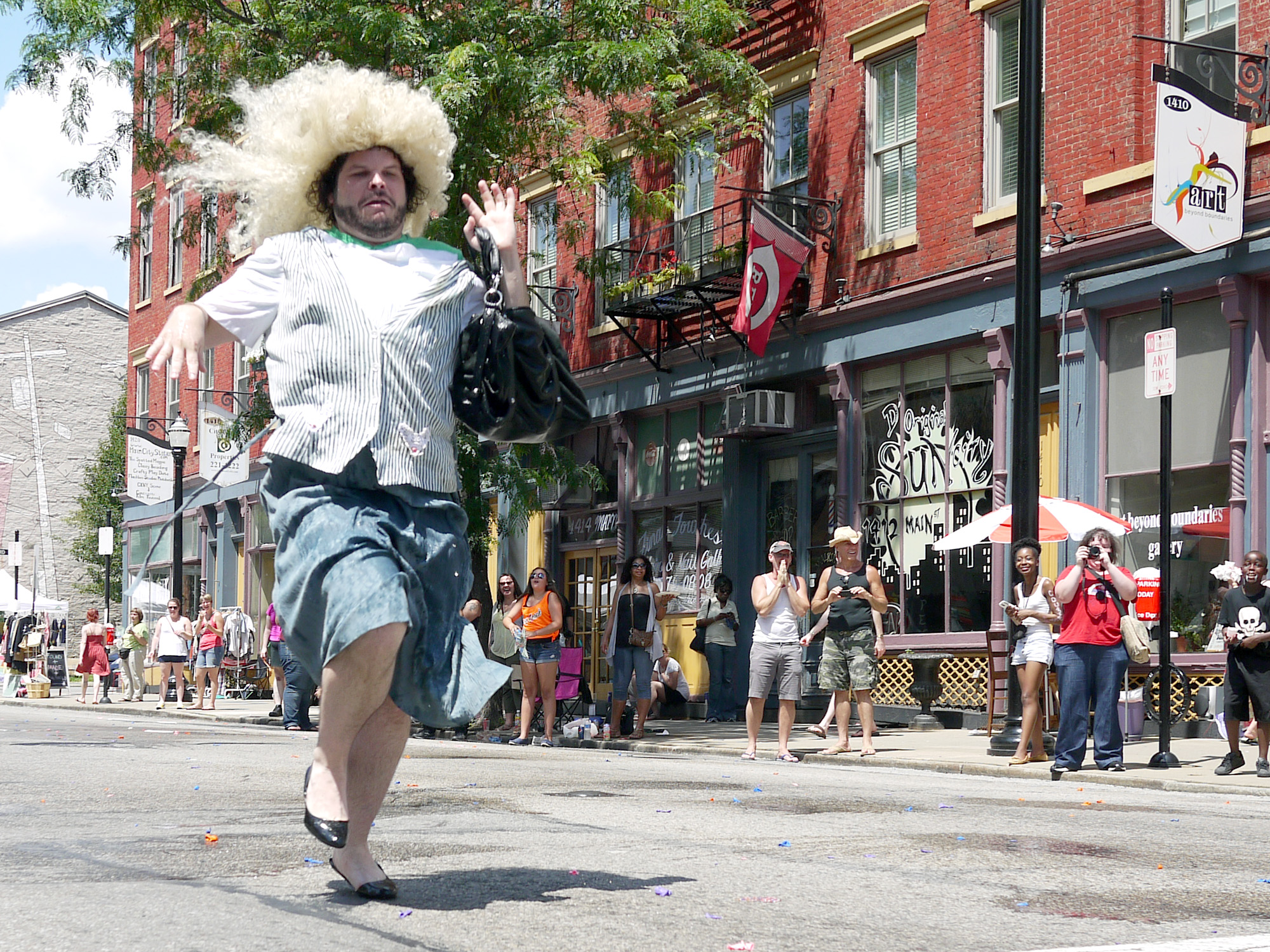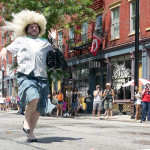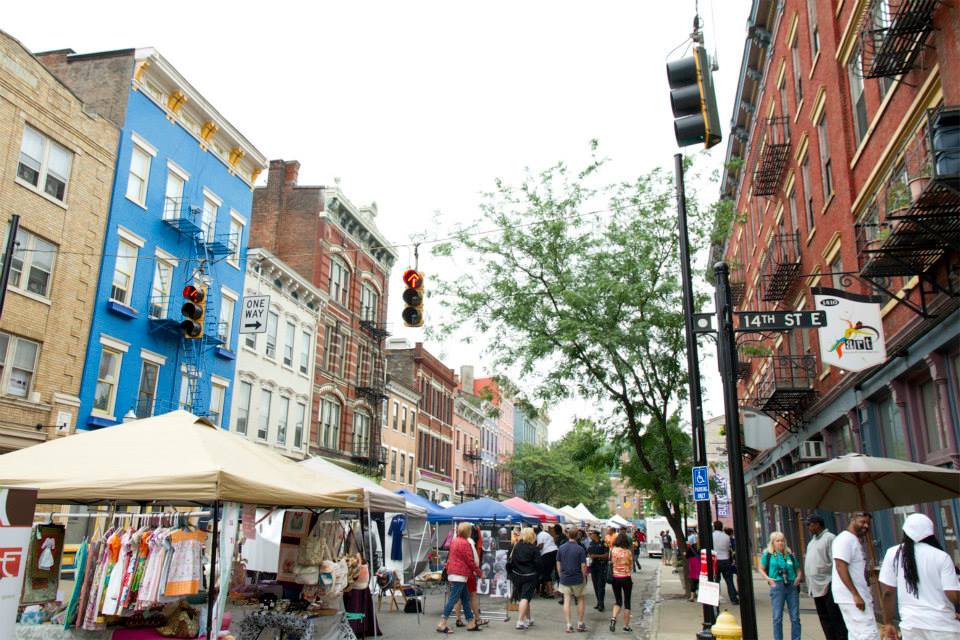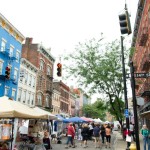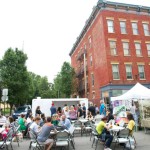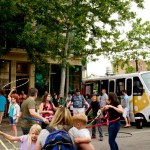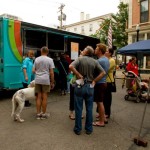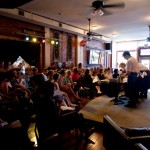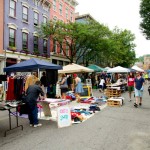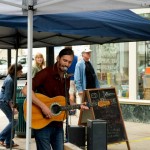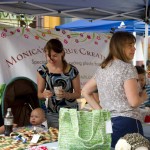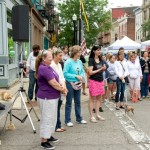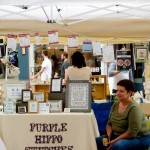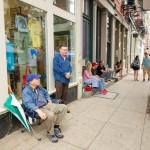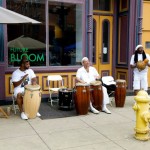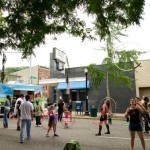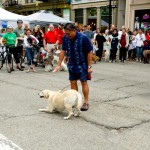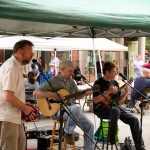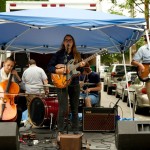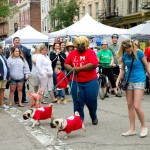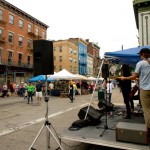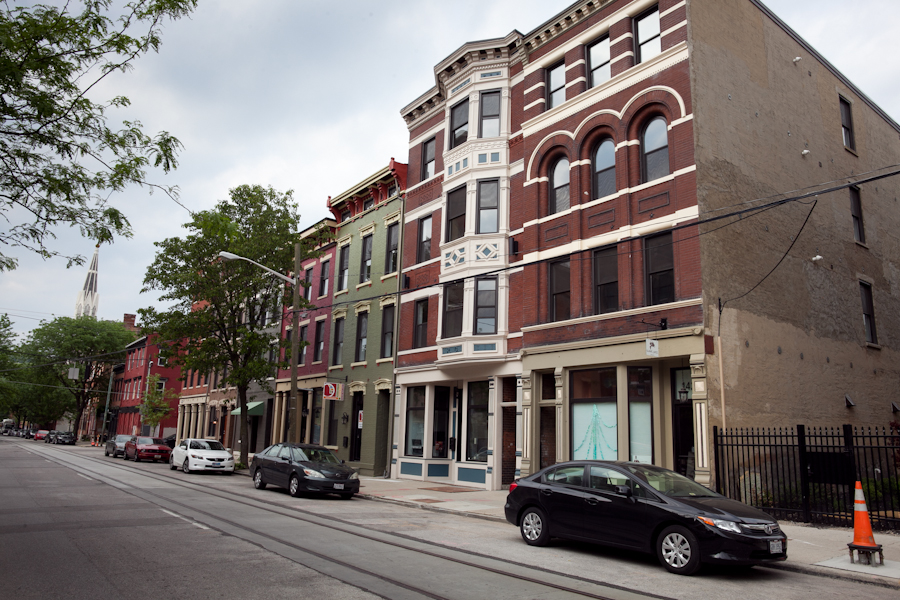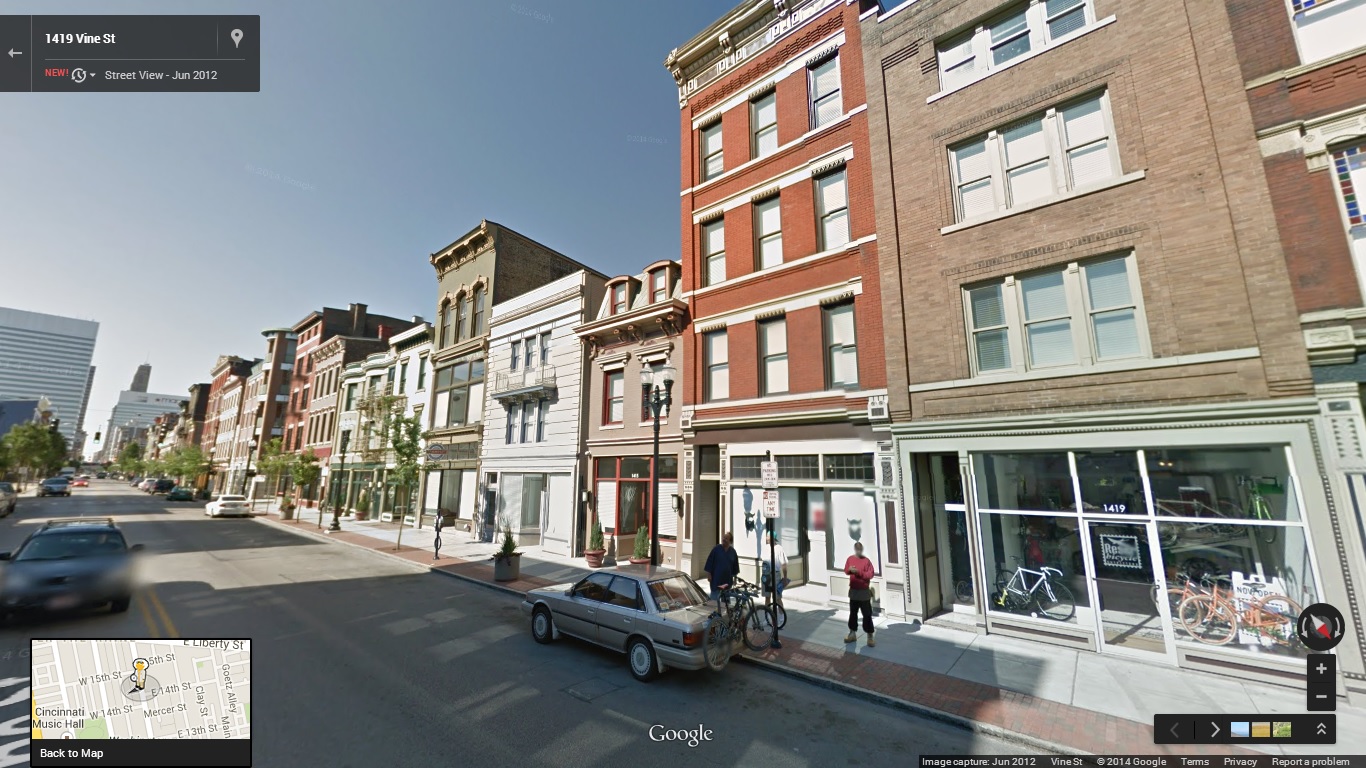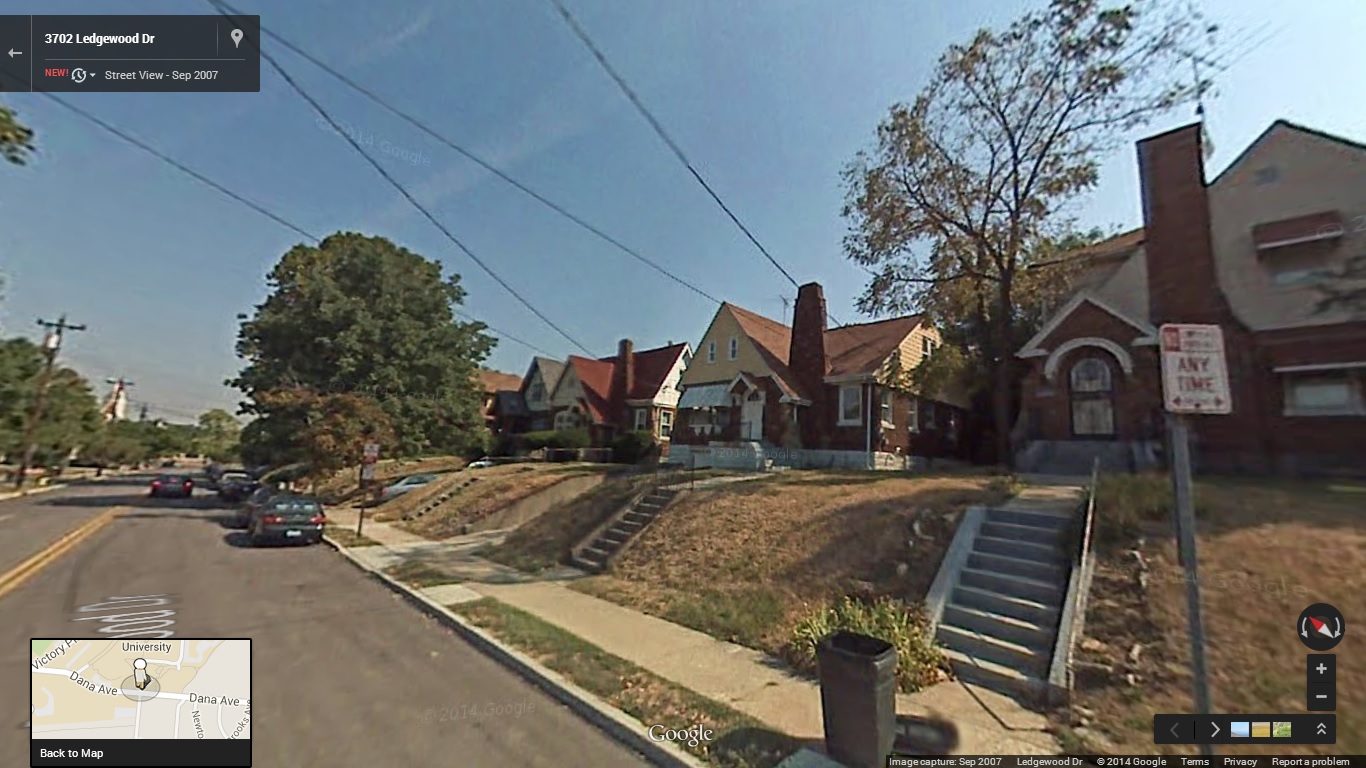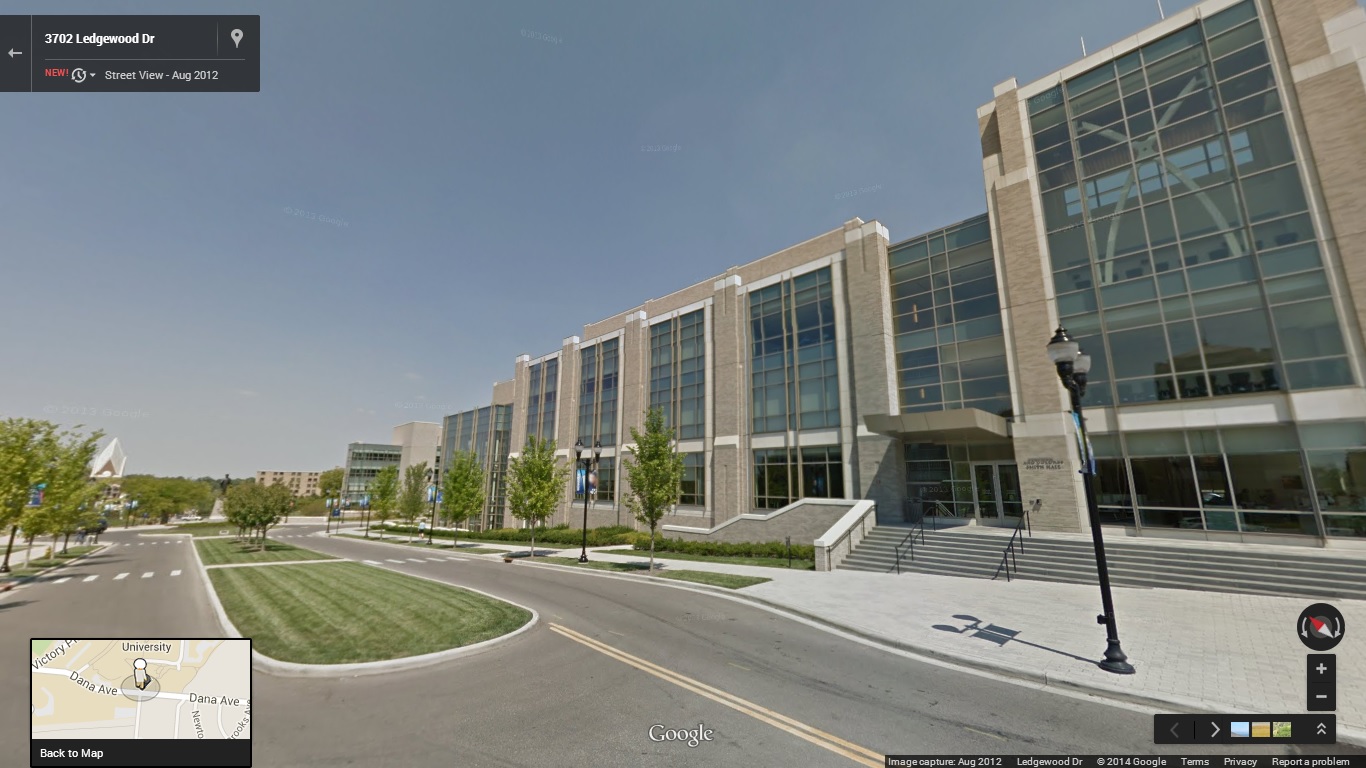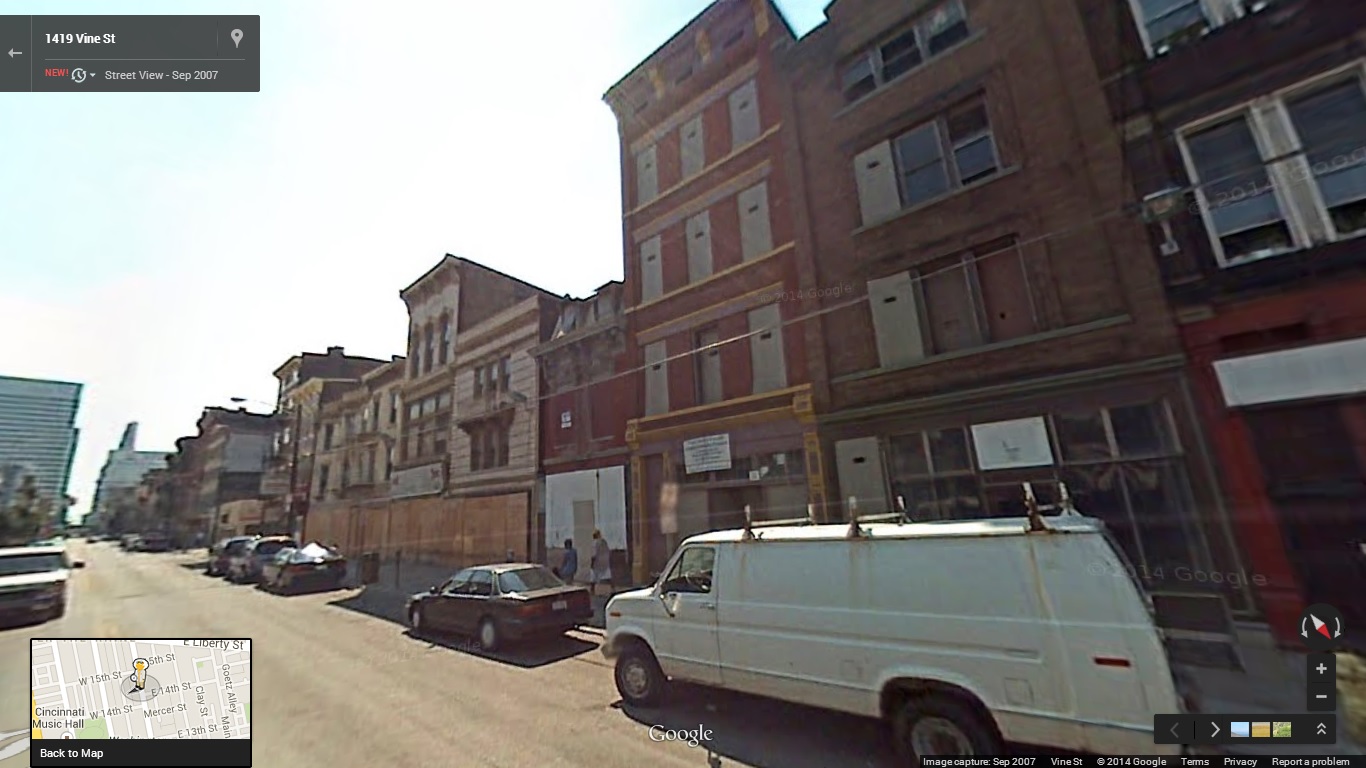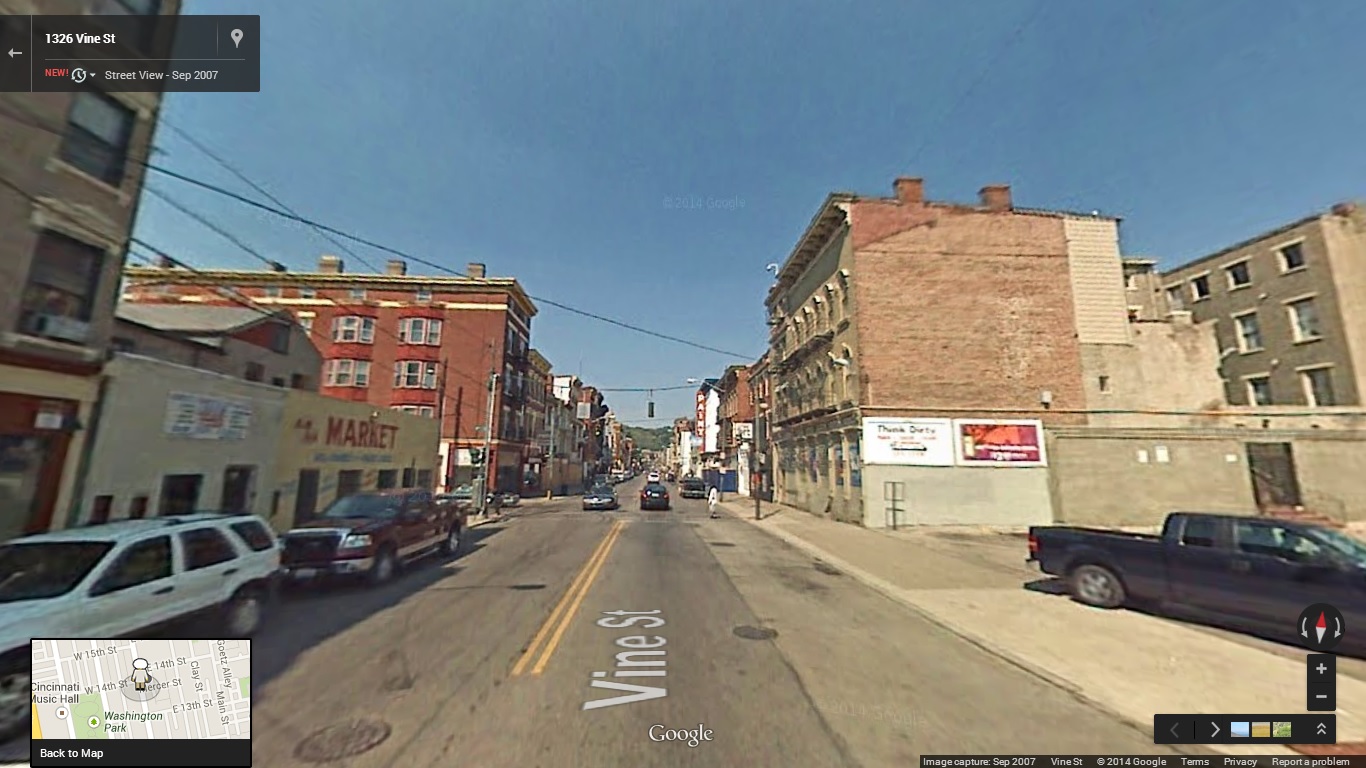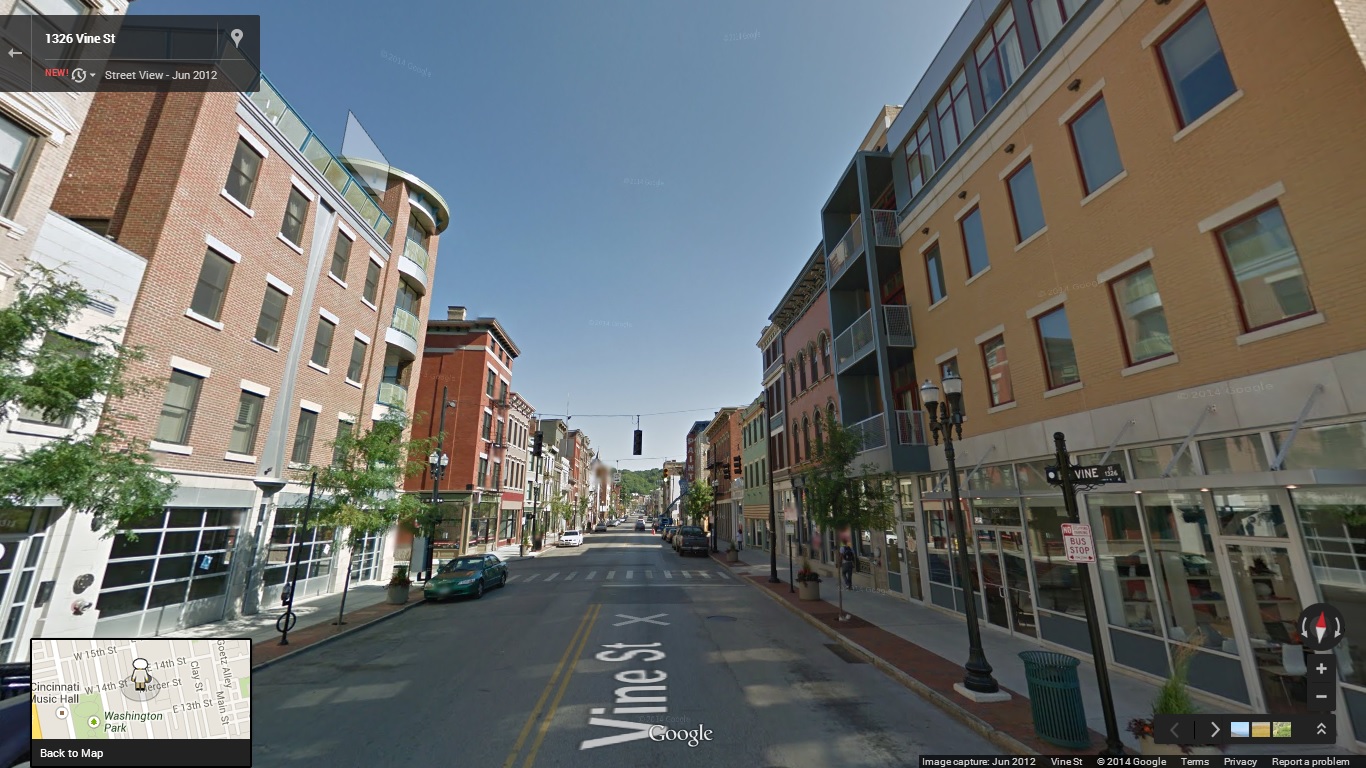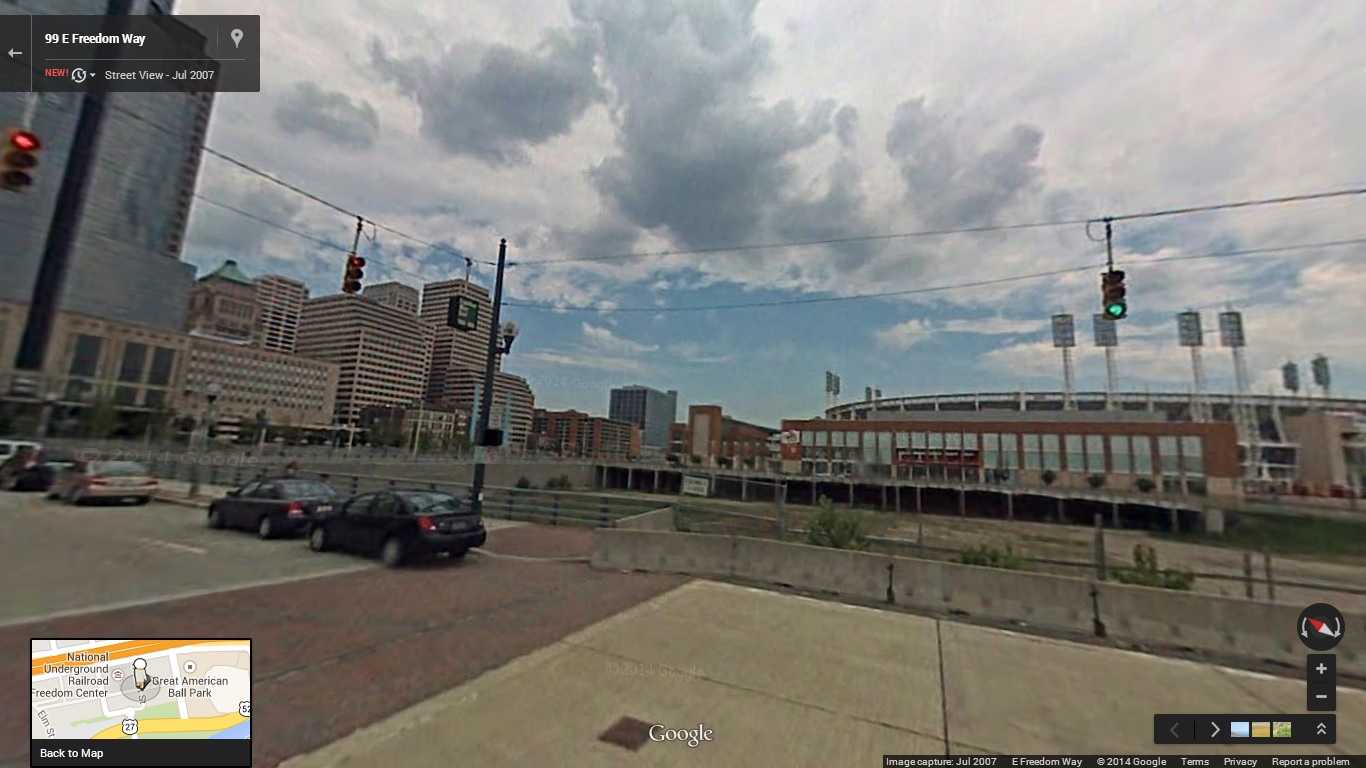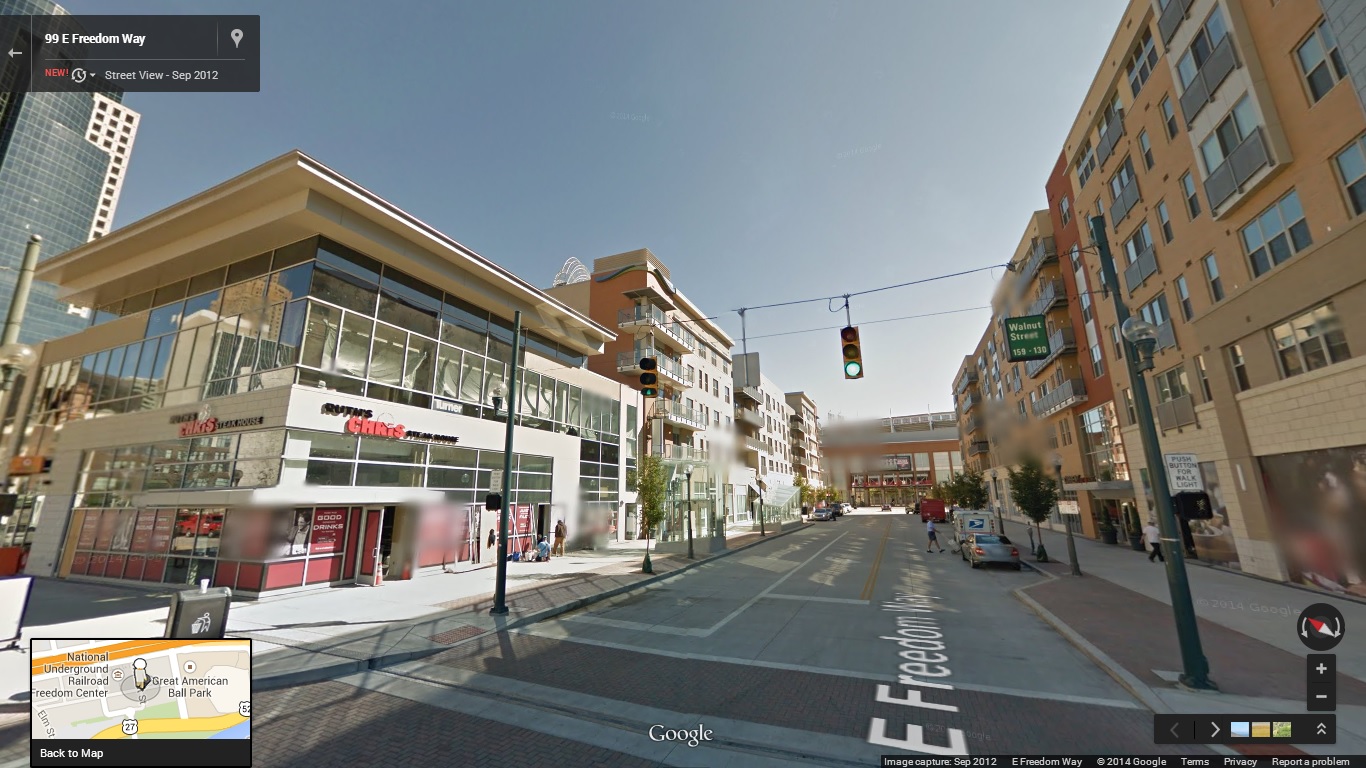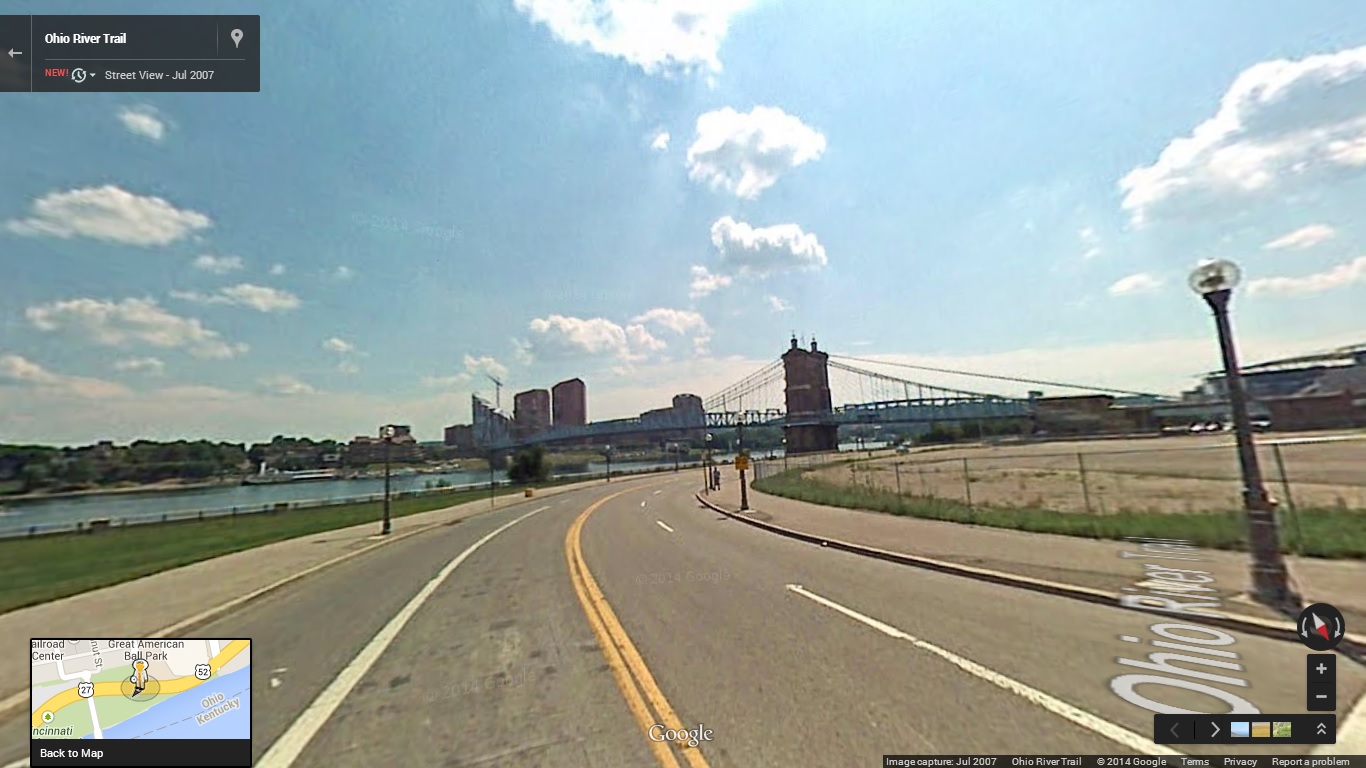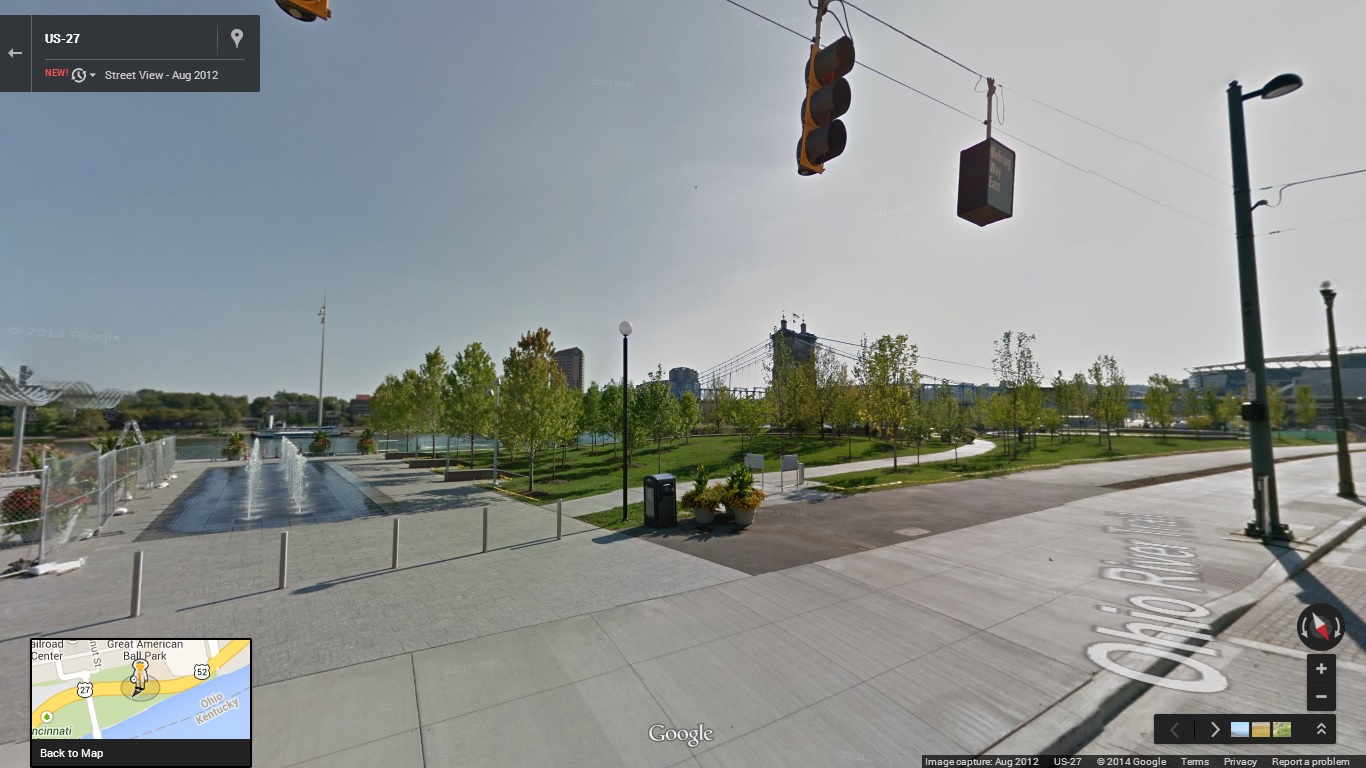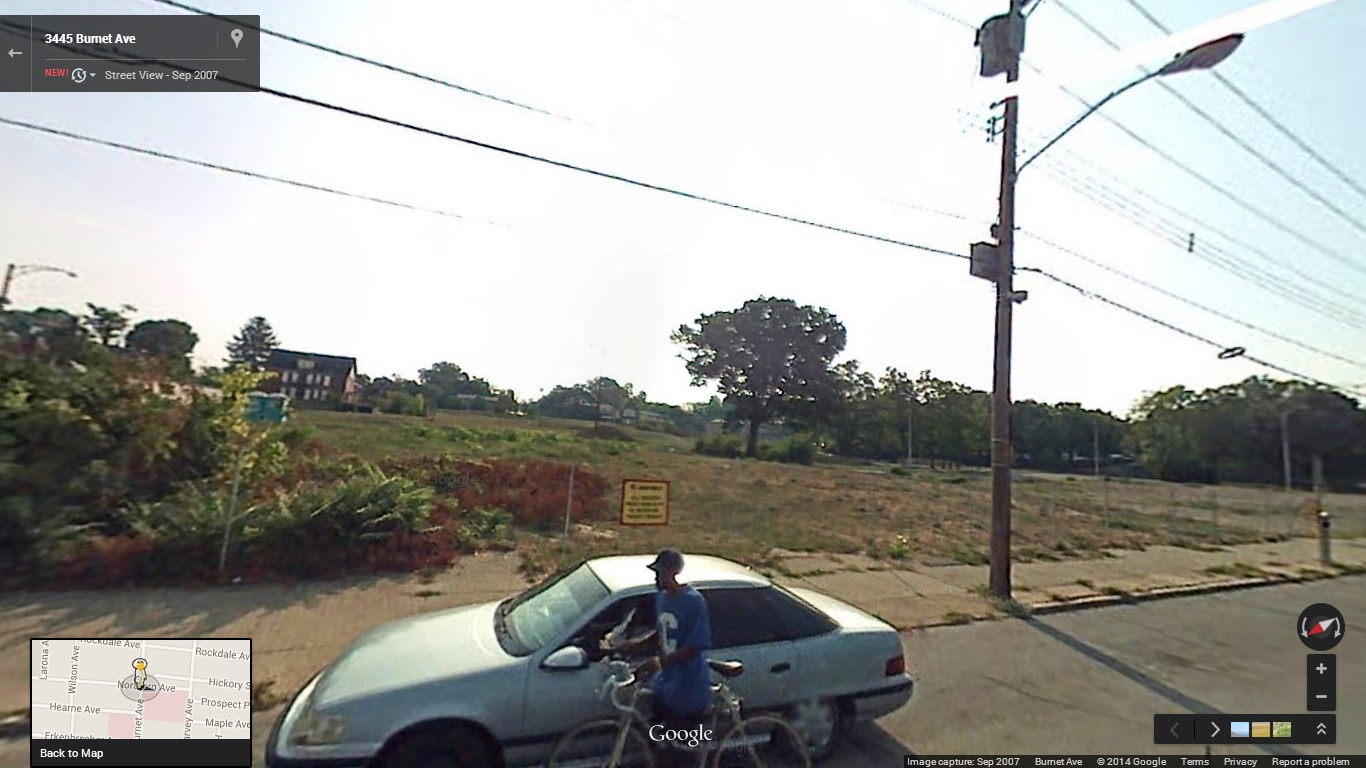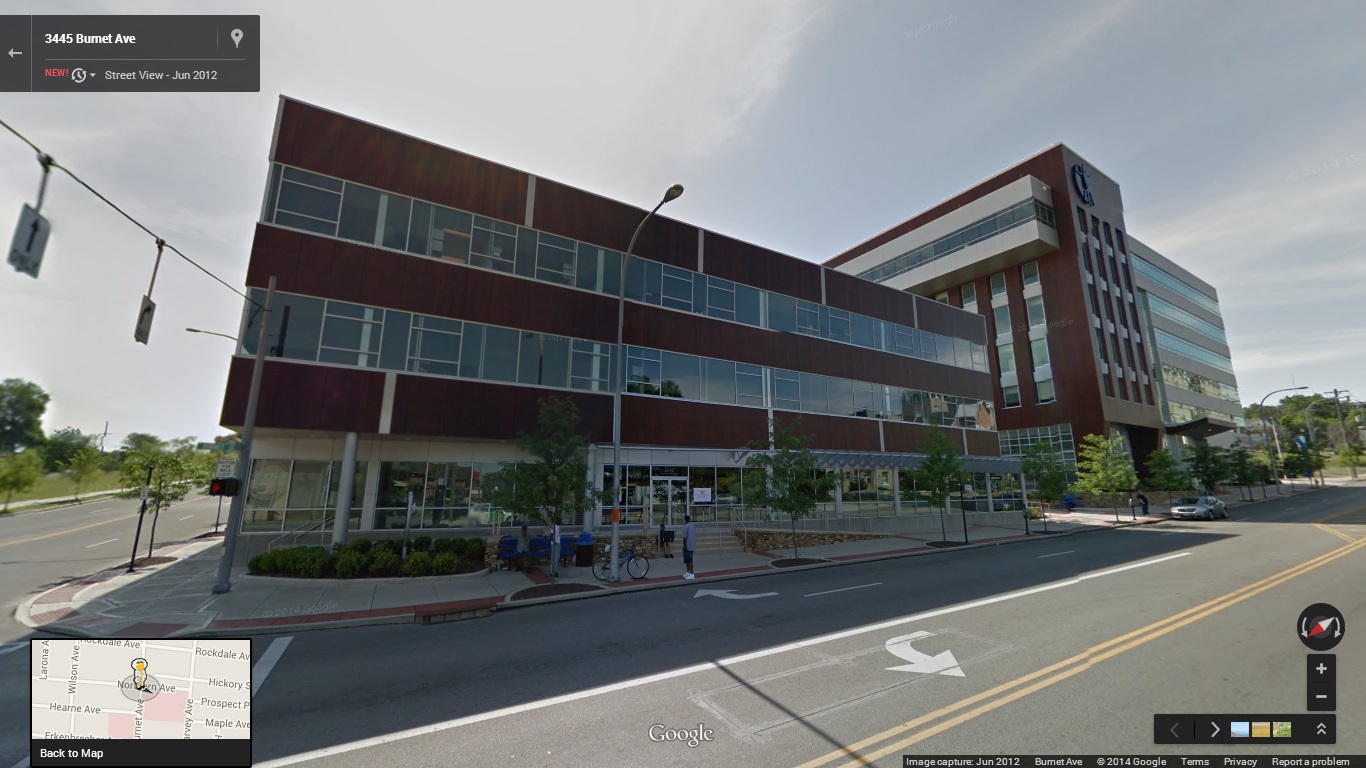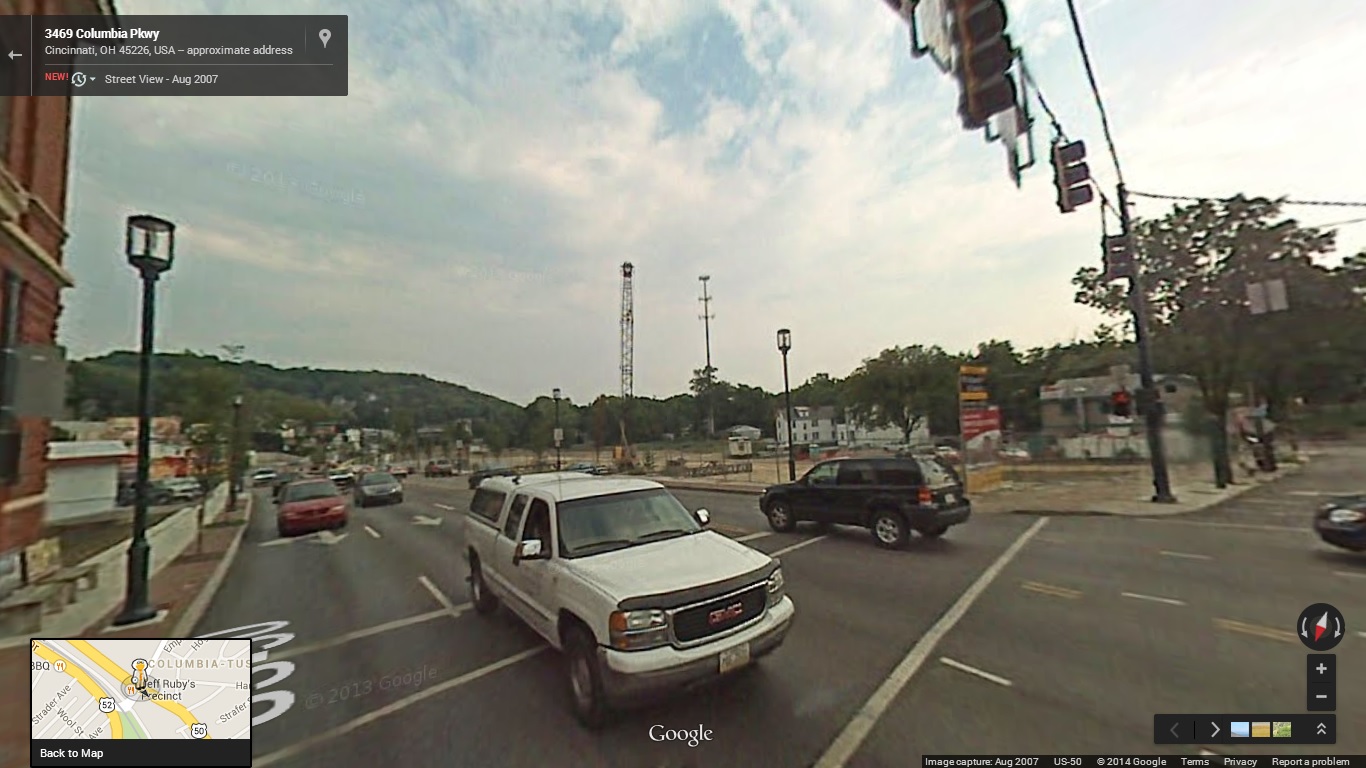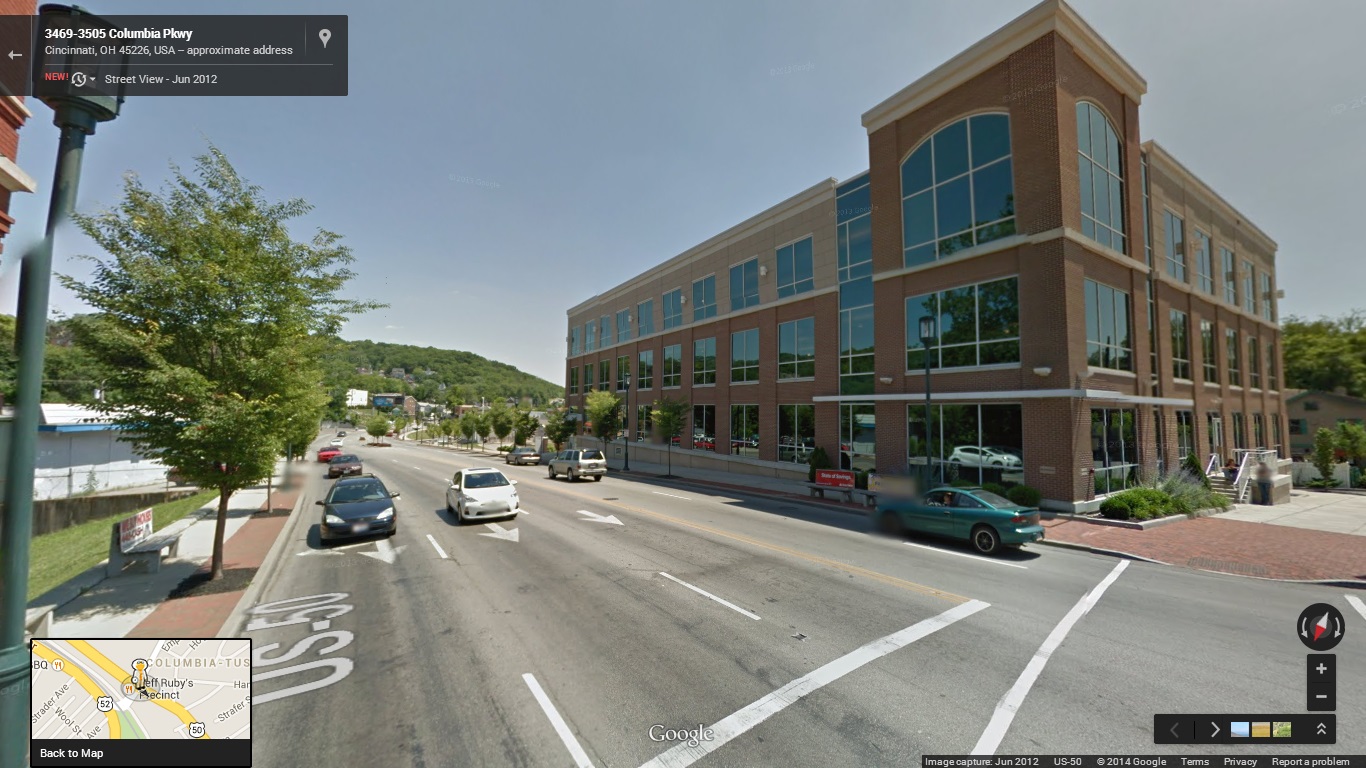Second Sunday on Main (SSOM) returns to the streets of Over-the-Rhine this Sunday, from 12pm to 5pm, after drawing a record attendance and number of vendors for its first festival of the season last month.
As is the case with all SSOM events, this one will once again feature dozens of local arts and crafts vendors, local food and beer, live music, food trucks, street performers and more.
The event is free and open to the public, so even if you don’t have a bunch of cash to drop, you can swing through for a leisurely stroll and people watch in what is Cincinnati’s oldest and most prominent Open Streets events.
Each month event organizers change up the theme for SSOM; and this month’s event is called Pride on Main. To complement the theme there will be the Missed OTR Drag Queen Contest and the famous Drag and Tryke Races, both of which will have their proceeds go to benefit Pride 2015.
This is the ninth year the OTR Chamber of Commerce has put on Second Sunday on Main. For those who haven’t attended in the past, the event stretches from Thirteenth Street to Liberty Street along, you guessed it, Main Street. There are also small segments of side streets that are closed off and include some additional activities.
There will also be a cooking demo by Chef Jose Salazar and speciality cocktail demo by bartenders Andrew Rettig and Steven Clement at 2pm inside Mr. Pitiful’s. Throughout the day, Art on the Streets will also be working on a crosswalk painting project at Main and Liberty Streets.
A full schedule and list of music performers and other details can be found on SSOM’s website.
EDITORIAL NOTE: UrbanCincy is an official media partner of Second Sunday on Main; and is proud to support the city’s oldest open streets festival.
